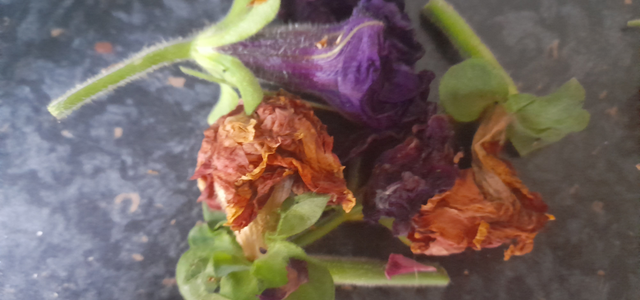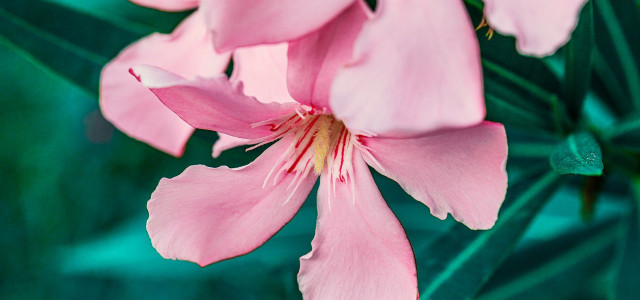Find out how to deadhead petunias and you will have an endless supply of vibrant blooms. Follow our step-by-step guide to enjoy petunias year-round.
Learning how to deadhead petunias will encourage blossoms throughout the summer season — giving you a burst of color and beauty. These fast-growing, eye-catching plants are popular across the US.
When it comes to color and vibrancy, petunias are a great pick. To give them a total boost, try some homemade fertilizer every two weeks as well as deadheading.
Deadheading involves more than just removing wilted petals. It involves the removal of the whole dead flower head. Deadheading isn’t difficult, or confined to just petunias. Check out our other articles, such as:
- How to deadhead roses
- How to deadhead geraniums
- How to deadhead daisies
- How to deadhead hydrangeas
- How to deadhead dahlias
To deadhead petunias, you will need:
- Gardening gloves (optional, but petunias can be a little sticky to handle!)
- Clean, sharp hand shears (scissors or even your nails will suffice if you do not have shears)
- A bucket/basket to collect dead heads
Types of Petunias
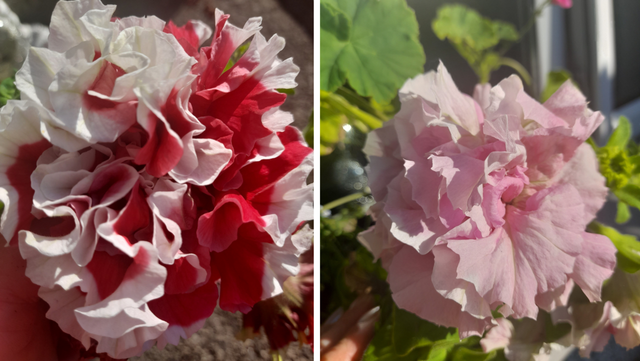
Most garden variety petunias are hybrids and cultivated all over the world. Petunias can be divided into four main types:
- Grandifloras have large single or double flowers in a variety of colors. Generally, grandifloras don’t flower as heavily as the other types or maintain flowers well during rainy weather. Deadhead soggy grandifloras to encourage more virulent blooms.
- Multiflora petunias produce smaller single and double flowers than the grandifloras and in greater quantity. These petunia varieties are also more resistant to wet weather than the grandifloras. If you deadhead these petunias regularly, they will be stunning in flower beds and containers.
- Milliflora petunias are compact, miniature plants that produce large numbers of little flowers. They are also a good choice for pots, containers and beds.
- Spreading or groundcover petunias are vigorous, low-growing plants. They make excellent annual groundcovers and need minimal maintenance. Deadhead these petunias and you will have stunning baskets, pots, window-boxes and beds — or even a floral carpet beneath your feet.
How to Deadhead Petunias
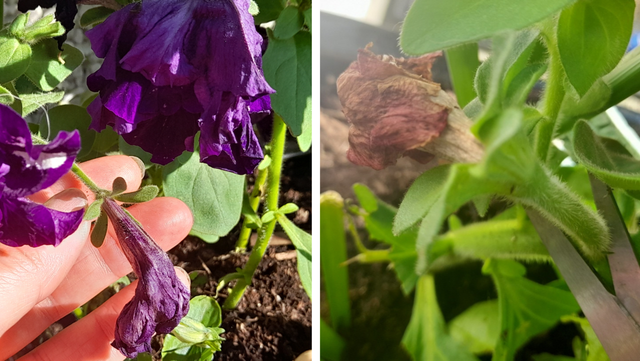


Follow these steps to deadhead your petunias successfully:
- Identify flowers with wilting or dead petals.
- Use your fingers to feel for a small, round, hard pod inside the petals. This is the seed pod, and it’s important to remove this completely.
- Snip the deadhead a few millimeters below the seed pod, where the flower stem connects to the main stem. You can use your nails to cut it, but do not pull as you might uproot the plant.
- Gather your deadheads and add them to hot or cold composting piles.
How Does Deadheading Petunias Work?
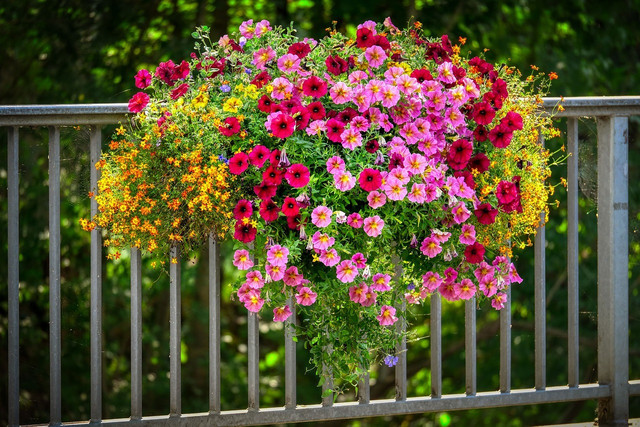


All living things are programmed to reproduce. Most plants — including petunias — do so by flowering. This allows for pollination, which is necessary for fertilization, to occur. Petunias generate seed pods quite quickly once fertilization has taken place. The plants will divert their energy into their seeds instead of flowering if you do not deadhead your petunias.
Petunias are naturally perennial, but they are fragile and do not tolerate frost. Most garden center varieties are annual flowers, meaning they only have one season to ensure their return next summer. Therefore, they will keep flowering virulently if you deadhead. This is why petunias are a favorite ornamental flower infusion in any garden, hanging basket or pot. They make a lot of blooms!
When Should I Start and Stop Deadheading Petunias?
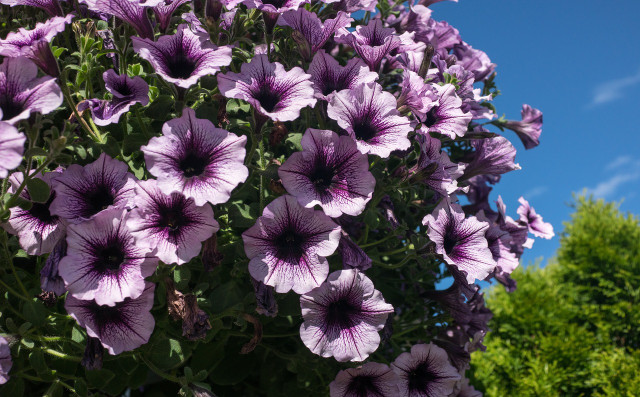


Start deadheading petunias at the first signs of browning and wilting on petals. Keep deadheading throughout summer until flowering naturally begins to slow. These plants can keep giving color and beauty right into fall if you deadhead at least once a week during their short lifetime.
Are Petunias Environmentally Friendly?
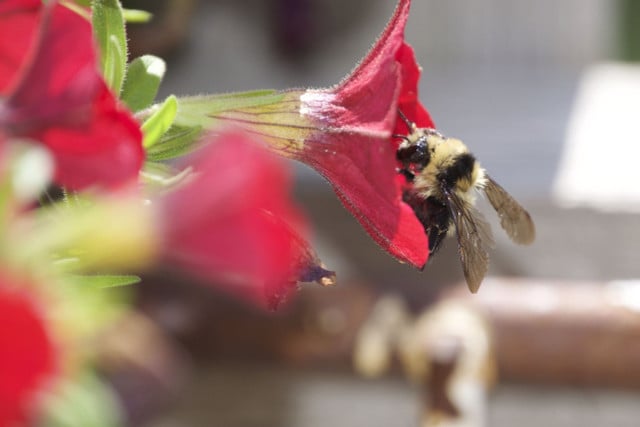


Other than their magnificent colors, one of the petunia’s primary contribution to the environment is pollination. Bees, hawkmoths and hummingbirds are among the chief pollinators that petunias attract. They are definitely some of the most attractive flowers for bees. Butterflies also like to visit and can reach more deeply into the center of the flowers for nectar than bees can.
On the downside, petunias — like many bedding and container plants — demand a lot of water. Sustainability is also a major challenge for ornamental flower producers. Annual plants provide less environmental benefits than their perennial counterparts. Perennial benefits include:
- Reduced soil and water erosion
- Reduced soil nitrate leaching
- Increased carbon sequestration
By the way: Another perennial that bees love and you might not have heard of: the bee balm, aka wild bergamot.
Currently, there is minimal research in the US about the environmental impact of bedding and ornamental annual plants like petunia. Petunias are native to South America, but are now grown extensively across the US and in many regions of the world — primarily in energy-intensive greenhouse settings and plastic containers. Just some of the issues associated with this kind of mass production are:
- Plants are discarded after only one season.
- Temperature control is required within greenhouses.
- Ultra-sensitive humidity and climate control systems are needed.
- Lighting is needed to stimulate growth — often day and night.
- Chemical fertilizers, insecticides, fungicides and other biological controls are often applied.
- Insecticides and biological controls are added to prevent any unwanted visitors.
- Plants are carefully bred and selected to ensure conformity.
- Plants are often bred to be sterile to insects as this prevents any unwanted cross-fertilization.
How to Grow Petunias More Sustainably
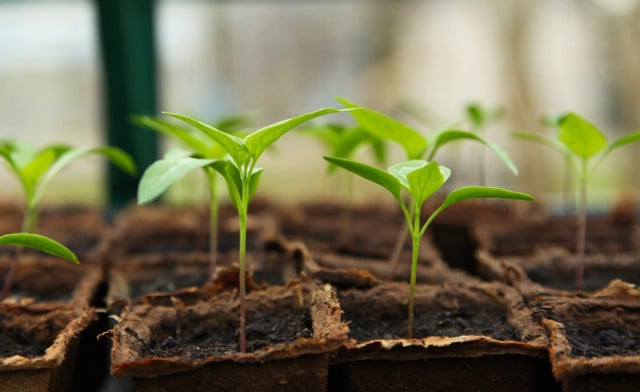


If you would like to be a more sustainable petunia grower, don’t buy new petunias every year. Instead, don’t deadhead petunias as the season comes to a close. Let the last spray of flowers progress to seed pods and try growing your own next year. Watch the petals fall off naturally, then keep an eye on the seed pods regularly as they turn from a bright green to a brownish-yellow color.
When they show signs of being fully dry and mature, you will see natural cracks developing in the pods as the seeds begin to emerge. Cut the seed pods off carefully and place them in a paper bag or any dry container. The seeds will naturally spill out of the dry, mature seed pod. Store them in a cool, dry place until late winter/early spring.
Check out our article on starting seeds in egg cartons: from seed to transplant for a complete and sustainable guide to sowing seeds with zero plastic. Plant your seeds inside 6–8 weeks before all risk of frost will pass in your area. They will need heat, light and moisture to germinate, so just sprinkle them on top of some compost and leave them on a bright, warm window sill. Keep the compost moist as the seeds germinate and develop into seedlings.
Read more:
- The Fascinating Wildlife of the Grand Canyon
- How to Make Your Cut Flowers Last Longer: 9 Eco-Friendly Tips
- Lavender: How to Plant and Care for the Herb
Do you like this post?






